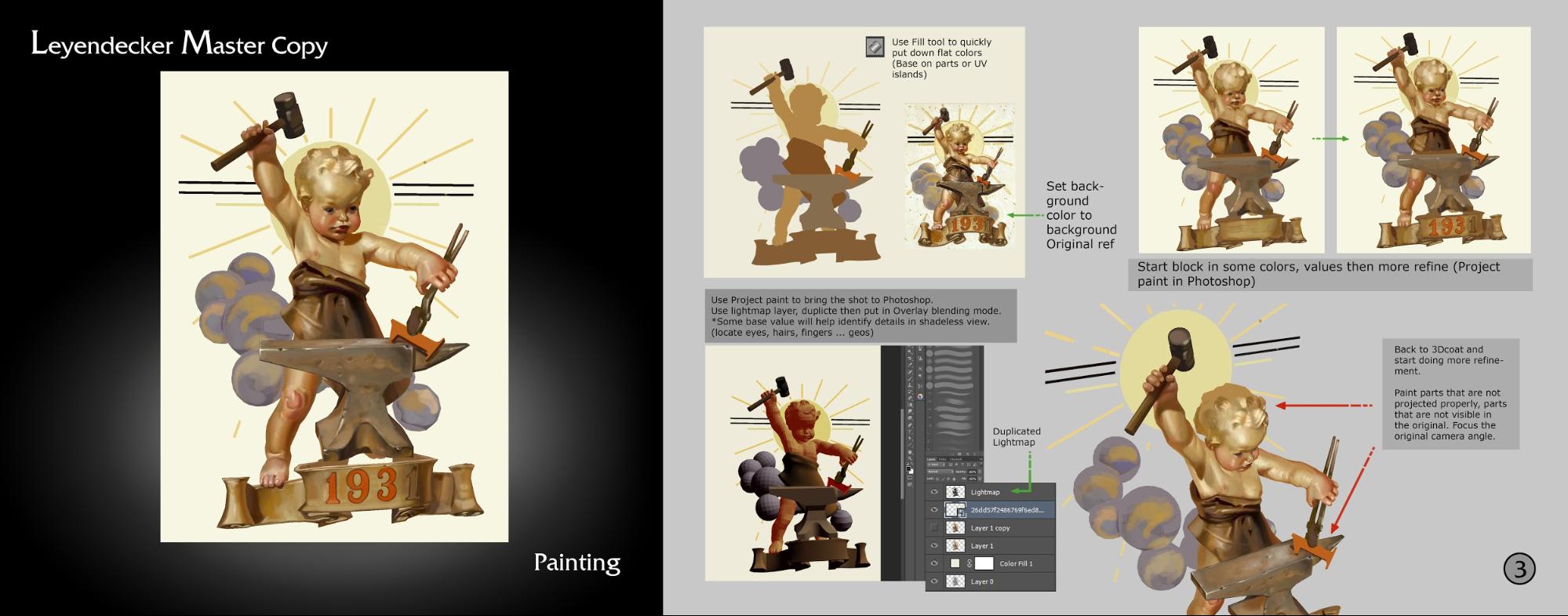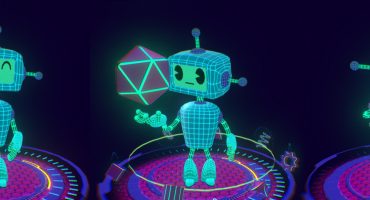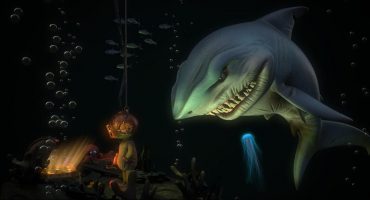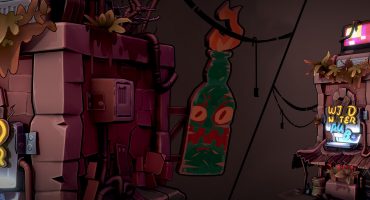About
My name is Duy. I am a character artist in Los Angeles, California, United States. Ever since I was a kid, art and video game have been my favorite topics and I grew up developing a passion for both. In my home town of Saigon, Vietnam, there were not many career choices for artists. Limitations of the internet access also made it difficult to look for further art education focusing on entertainment. After finishing my Bachelor’s in 2D animation, I was lucky enough to get a job in an outsourcing company and be trained in 3ds Max, Maya, and Photoshop there. That experience helped me decide to get my Master in Game Art in San Francisco, US. I learned a lot about creative thinking, concepting, and improving my craft during that time. I am now a 3D character artist at Riot Games, in Los Angeles, California.
During my training at the Academy of Art San Francisco, I took a couple classes in the Fine Art and Illustration department. Being told to make copies of old masters to learn their process and technique, I found that it is a very useful and fun exercise. Although most of my works are in a digital medium nowadays, sharpening up skills and learning is always a necessity. The idea of making a 3D piece feel like 2D has been done by many artists so I wondered, what if I could turn a 2D original to a 3D piece? In that case I could “master copy” the 2D original, then replicate the style on the rest of the 3D model. That could make the study more effective for I could learn not only the artwork but also how to apply it.
J. C. Leyendecker is an amazing master. His brush strokes are efficient and his stylization, which realistically captures and idealizes human features, is phenomenal. By studying his works, I hoped I could learn his ways.
Workflow
I started with the 3D modeling and, surprisingly, it took most of the time of this study. I use ZBrush for sculpting, 3D-Coat for retopology and texturing, and Maya for finalizing model.
Posing is also very important. Making sure the pose accurate is essential for it will set up the foundation. One challenge I found is that, because the artist forced perspective in the original, the human figure sometimes is not always 100% symmetrical. I cheated a bit to fit the pose close to reference.
Painting time.
Polishes and final touches.
Sketchfab
Presentation plays a big part, for without 3D interaction it’s really hard to show the 3 dimensions of a 2D pieces.
Sketchfab is a great platform for that. Leyendecker’s piece is “hand painted” and the paint job creates a sense of light, so the copy needed to capture that without relying on physical lighting. Although Sketchfab provides a wonderful shader system with PBR, it also allows users to turn off lights (Shadeless) to show only the diffuse and that setting perfectly fits for this piece.
Sketchfab’s camera settings are also useful. Leyendecker’s works often look flat and 2D dimensional because he killed perspective a bit. With Sketchfab, I modified the camera setting to match the reference.
Doing production works can be fun and challenging but learning new things is the best. I am pretty happy with the end result. I learned a ton and can see many potential projects I could do for practice. Learning keeps us curious and humble, which is, in my opinion, the quality of being an artist.









